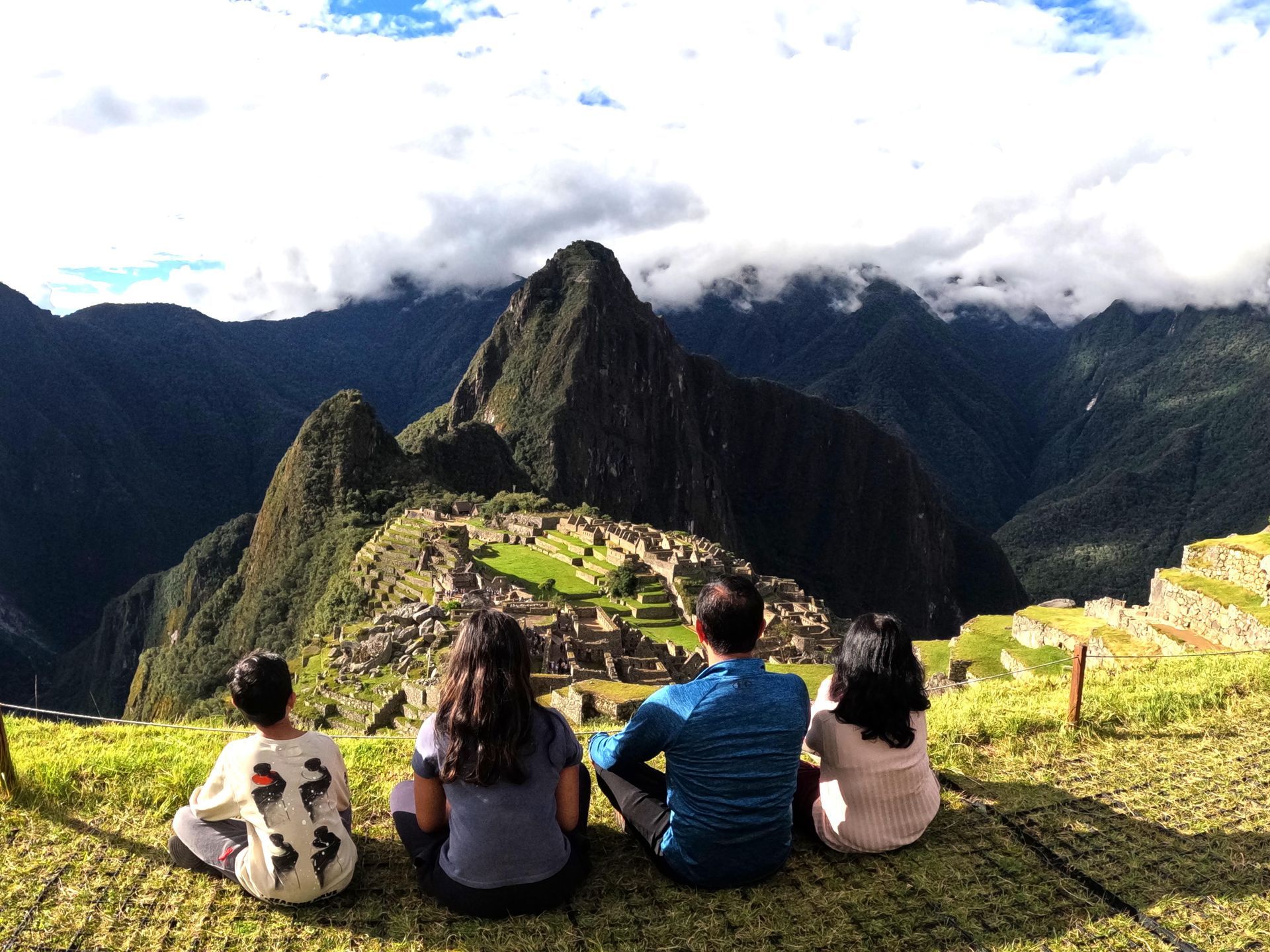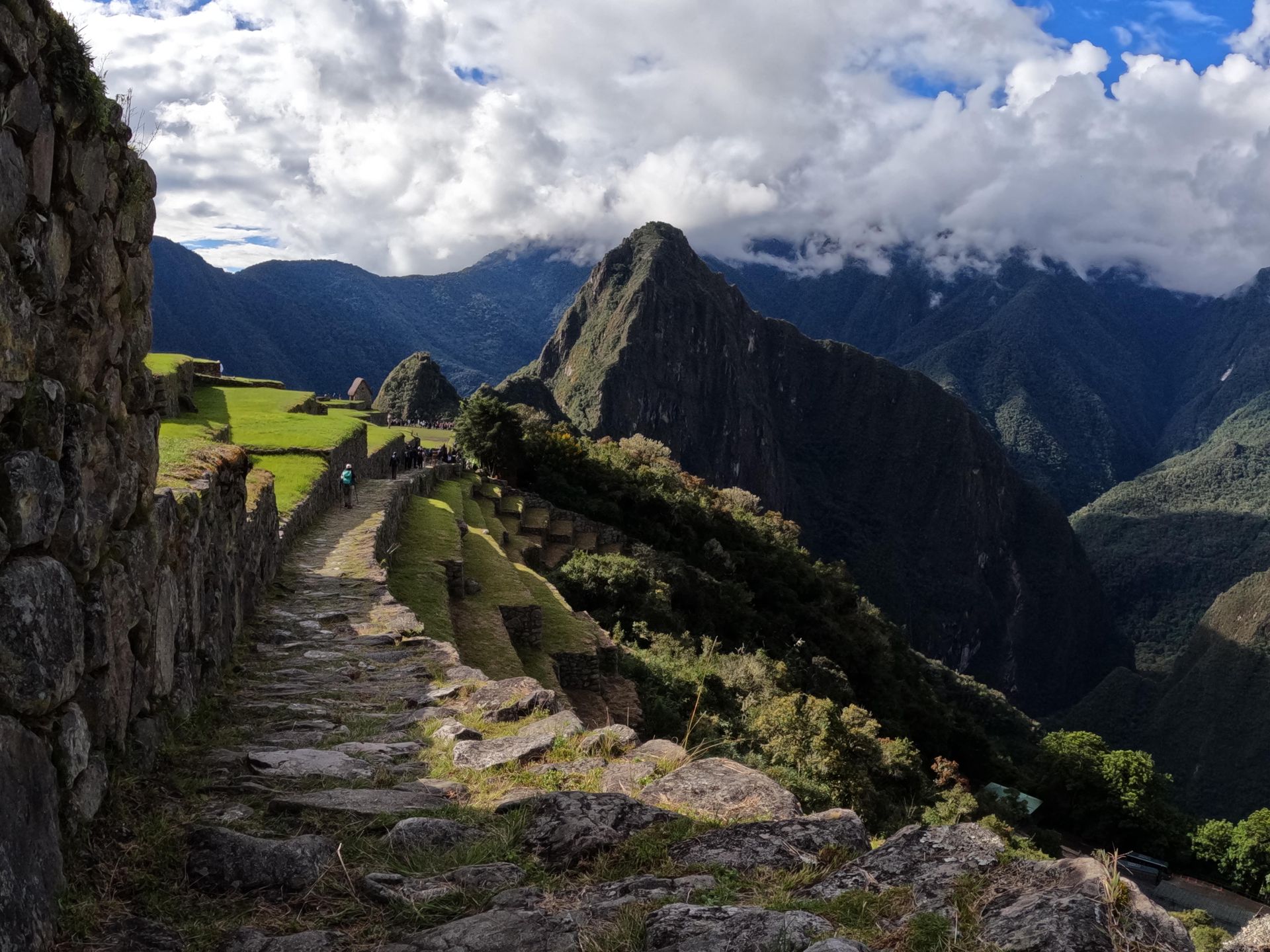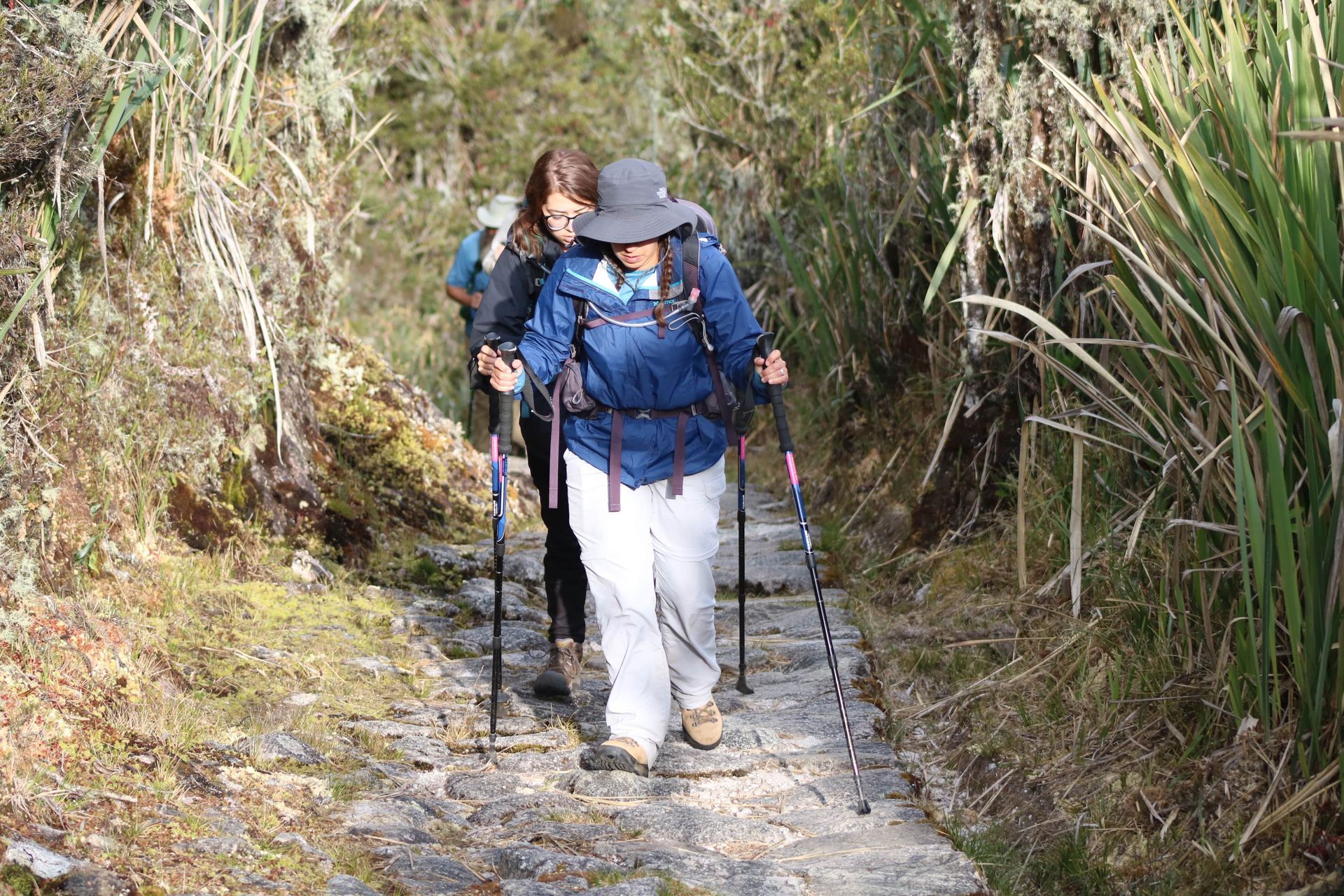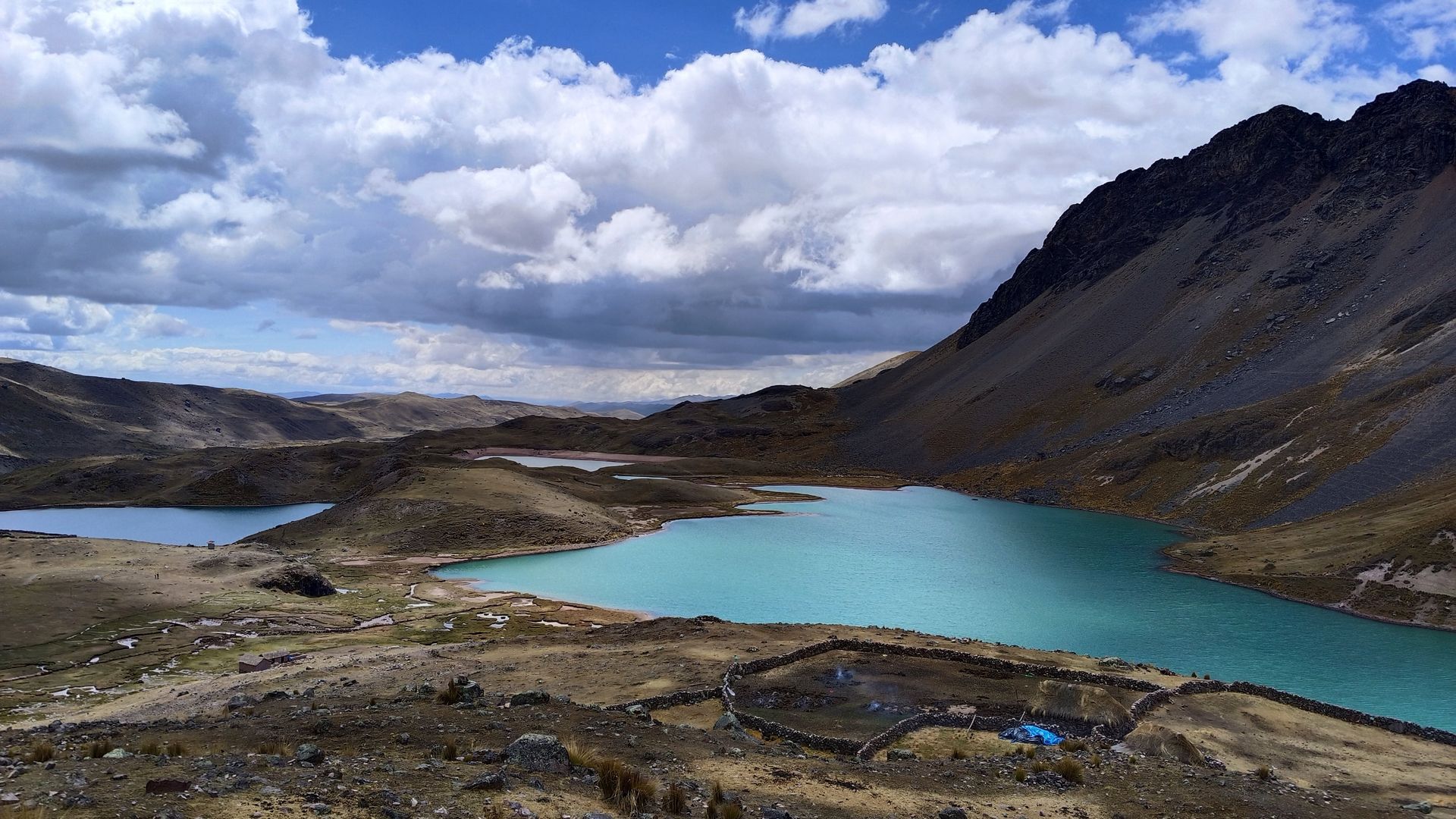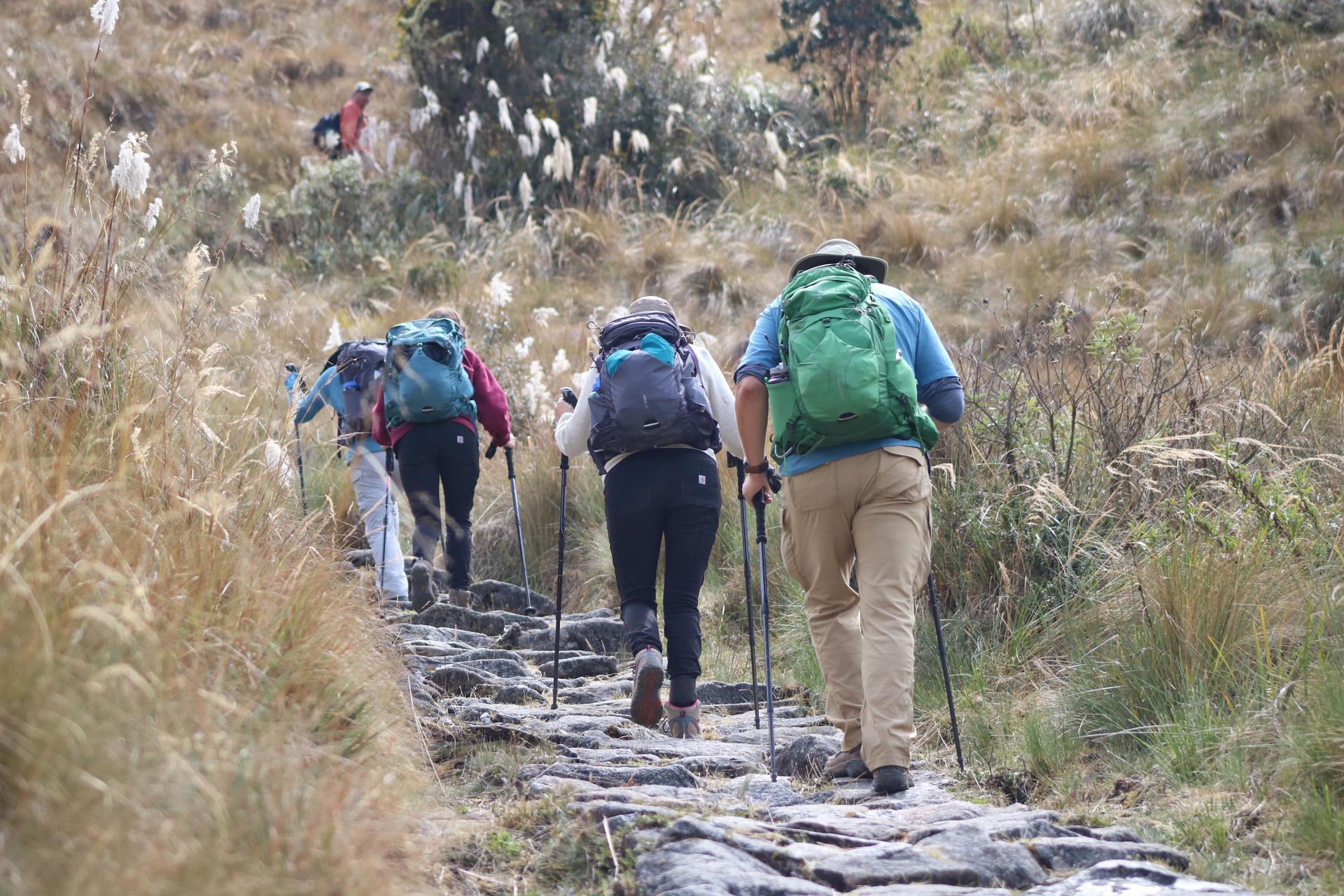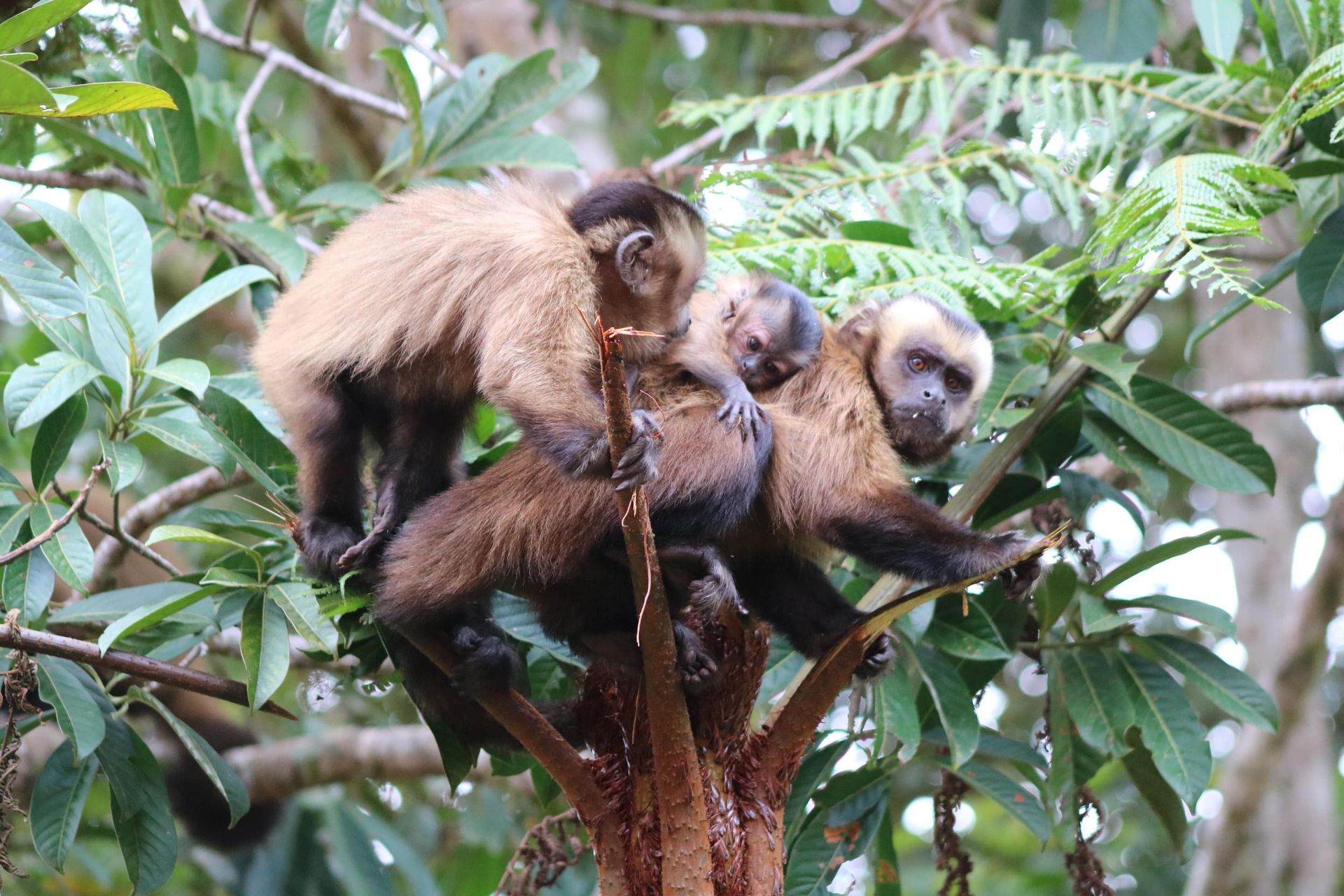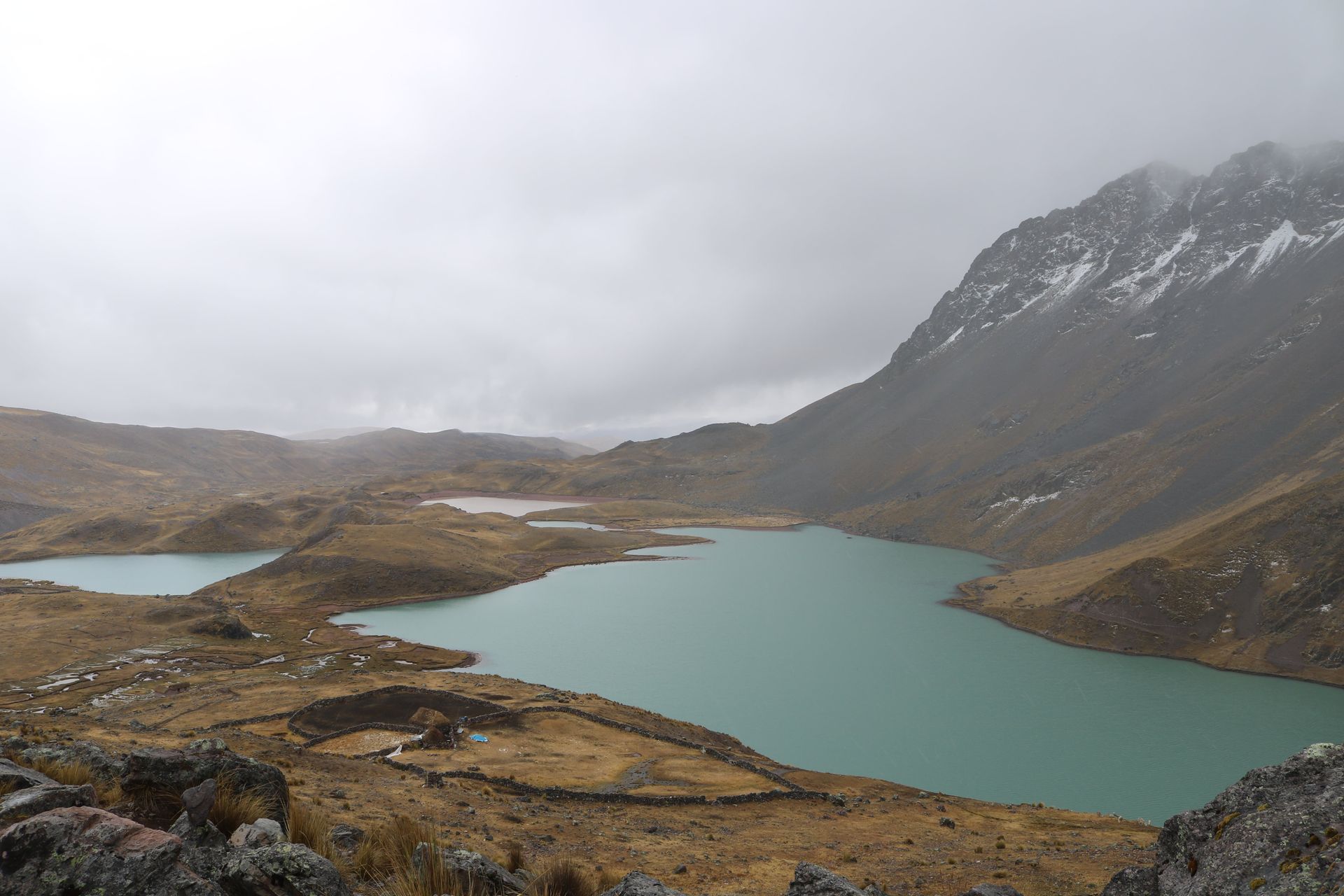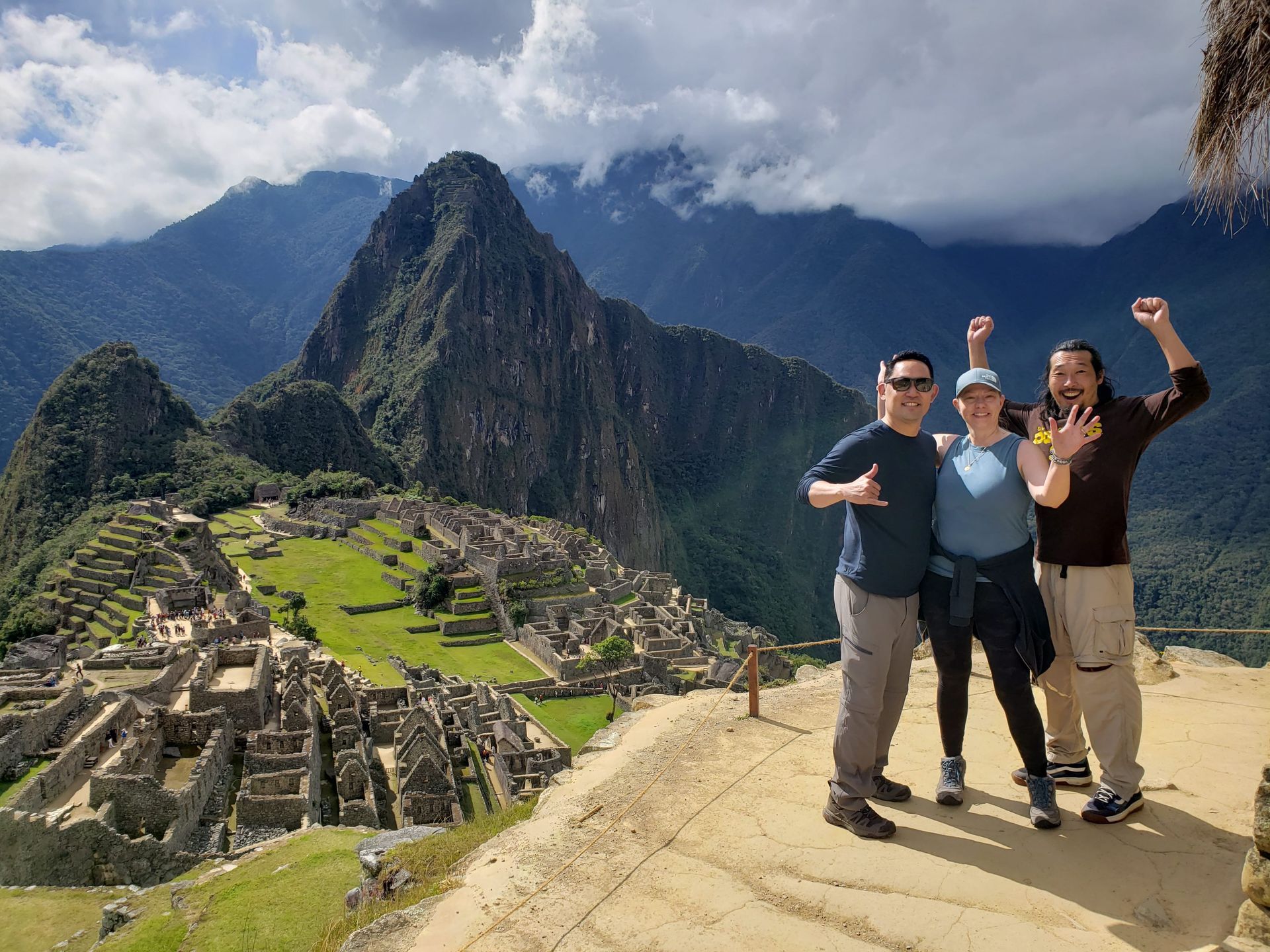Classic Inca Trail vs. Salkantay Trek
Choosing the Path to Machu Picchu
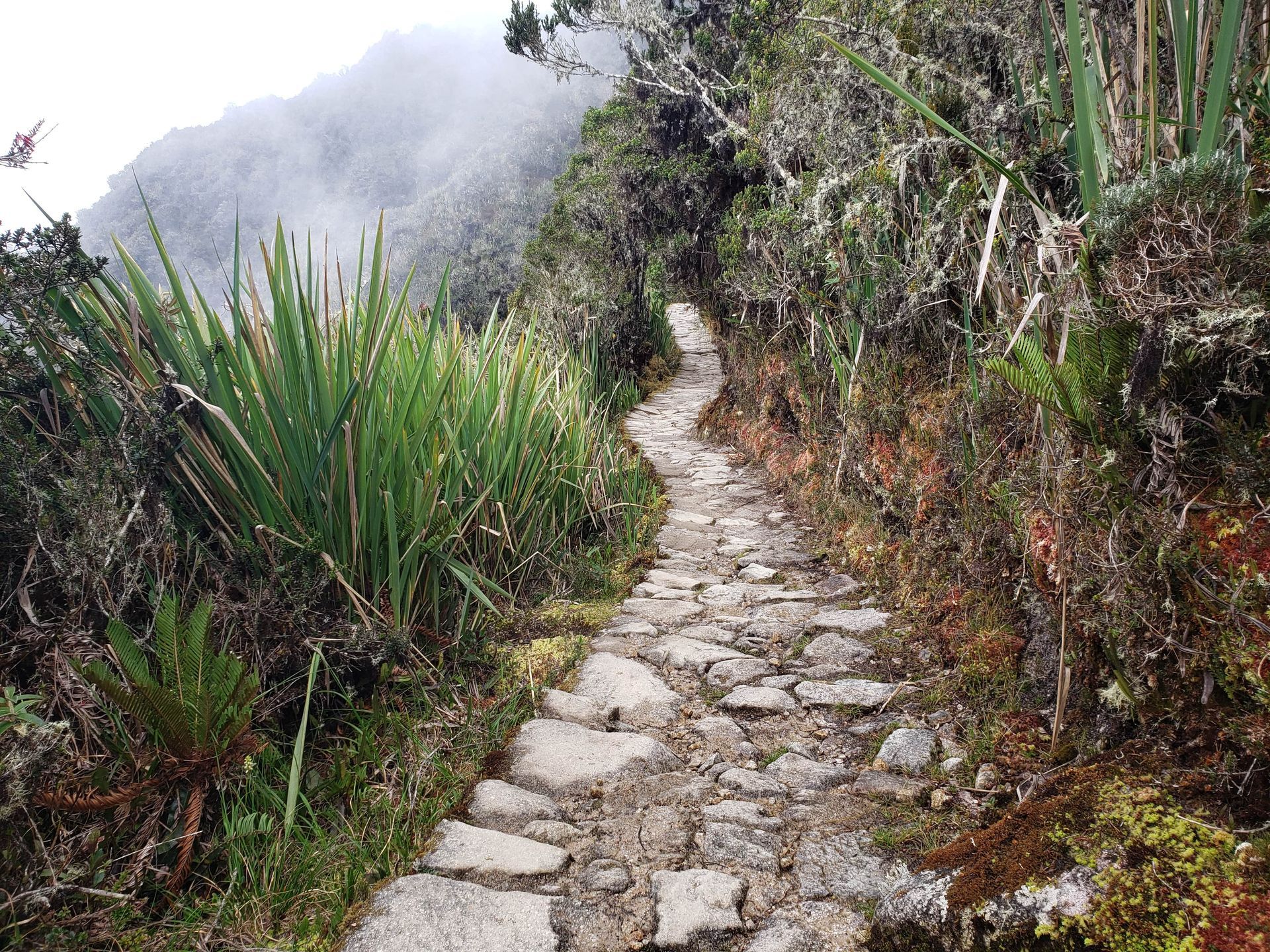
Introduction:
Perched high in the Andes Mountains of Peru, the majestic ruins of Machu Picchu stand as a testament to the ancient Inca civilization. While there are various routes to reach this archaeological wonder, the Classic Inca Trail and the Salkantay Trek are two popular choices that offer unique experiences. In this article, we will delve into the differences between these two paths, highlighting their landscapes, difficulty levels, cultural significance, and overall appeal. Whether you seek a traditional pilgrimage or an adventurous expedition, the choice between the Classic Inca Trail and the Salkantay Trek ultimately depends on your preferences and desired Machu Picchu experience.
1. Classic Inca Trail:
The Classic Inca Trail is undoubtedly the most famous and iconic route to Machu Picchu. Stretching approximately 26 miles (43 kilometers), this ancient path follows the footsteps of the Incas, taking hikers on a historical journey through the Sacred Valley. Here are some key aspects of the Classic Inca Trail:
a) Scenic Beauty: The trail offers breathtaking views of the Andean mountains, cloud forests, and lush valleys. Along the way, trekkers are treated to spectacular views of snow-capped peaks, vibrant flora, and charming Inca ruins, such as Wiñay Wayna.
b) Cultural Significance: The Classic Inca Trail is laden with historical significance. This path served as a ceremonial route for the Incas, leading pilgrims towards the sacred city of Machu Picchu. Hikers will encounter ancient Inca ruins, including Intipata and Runkurakay, as they relish in the rich cultural heritage of the region.
c) Permit Restrictions: Due to its popularity, the Classic Inca Trail has a limited number of daily permits, and it is necessary to book in advance. This restriction helps preserve the trail's integrity and ensures a more controlled experience for hikers.
d) Moderate Difficulty: The Classic Inca Trail is considered a moderate-level trek, suitable for individuals with a reasonable level of fitness. The highest point along the trail, known as Dead Woman's Pass, stands at around 4,215 meters (13,828 feet) presenting a challenging but achievable climb.
2. Salkantay Trek:
For those seeking a more off-the-beaten-path adventure, the Salkantay Trek is an excellent alternative to the Classic Inca Trail. This trek, spanning around 46 miles (74 kilometers), offers a thrilling and diverse experience. Let's explore its unique features:
a) Varied Landscapes: The Salkantay Trek showcases an awe-inspiring range of landscapes. Hikers will traverse towering snow-capped mountains, traverse the pristine Salkantay Pass (over 15,000 feet/4,600 meters), navigate through dense cloud forests, and encounter turquoise glacial lakes and cascading waterfalls.
b) Cultural Immersion: While the Salkantay Trek may have fewer ancient Inca ruins along the way, it provides an opportunity for cultural immersion in local Andean communities. Trekking through remote villages like Soraypampa and Santa Teresa allows interaction with the Quechua-speaking inhabitants, providing insight into their way of life.
c) Fewer Permit Restrictions: Unlike the Classic Inca Trail, the Salkantay Trek does not have a limited number of permits. This flexibility makes it an appealing choice for those who prefer a less regulated and more spontaneous adventure.
d) Higher Difficulty: The Salkantay Trek is considered more challenging than the Classic Inca Trail, primarily due to its longer distance and higher altitudes. Trekkers should be prepared for steep ascents and descents, which require a good level of fitness and acclimatization to the altitude.
Conclusion:
Choosing between the Classic Inca Trail and the Salkantay Trek is a matter of personal preference, fitness level, and desired experience. The Classic Inca Trail offers a historical and cultural immersion, with its iconic ruins and moderate difficulty level. On the other hand, the Salkantay Trek provides a thrilling and diverse journey through breathtaking landscapes, enhanced by the opportunity to interact with local communities. Ultimately, both routes lead to the awe-inspiring Machu Picchu, allowing travelers to connect with the ancient past while immersing themselves in the beauty of the Andean region. Whichever path you choose, embarking on either of these treks will undoubtedly be an unforgettable adventure of a lifetime.



